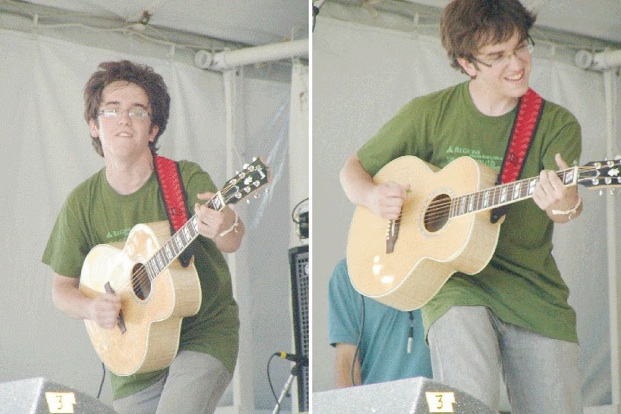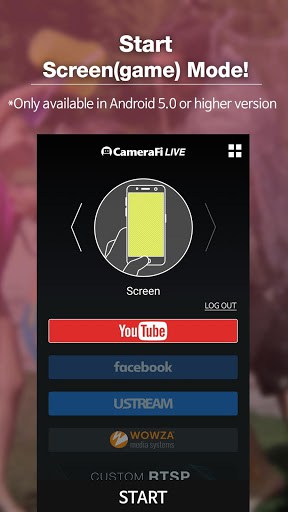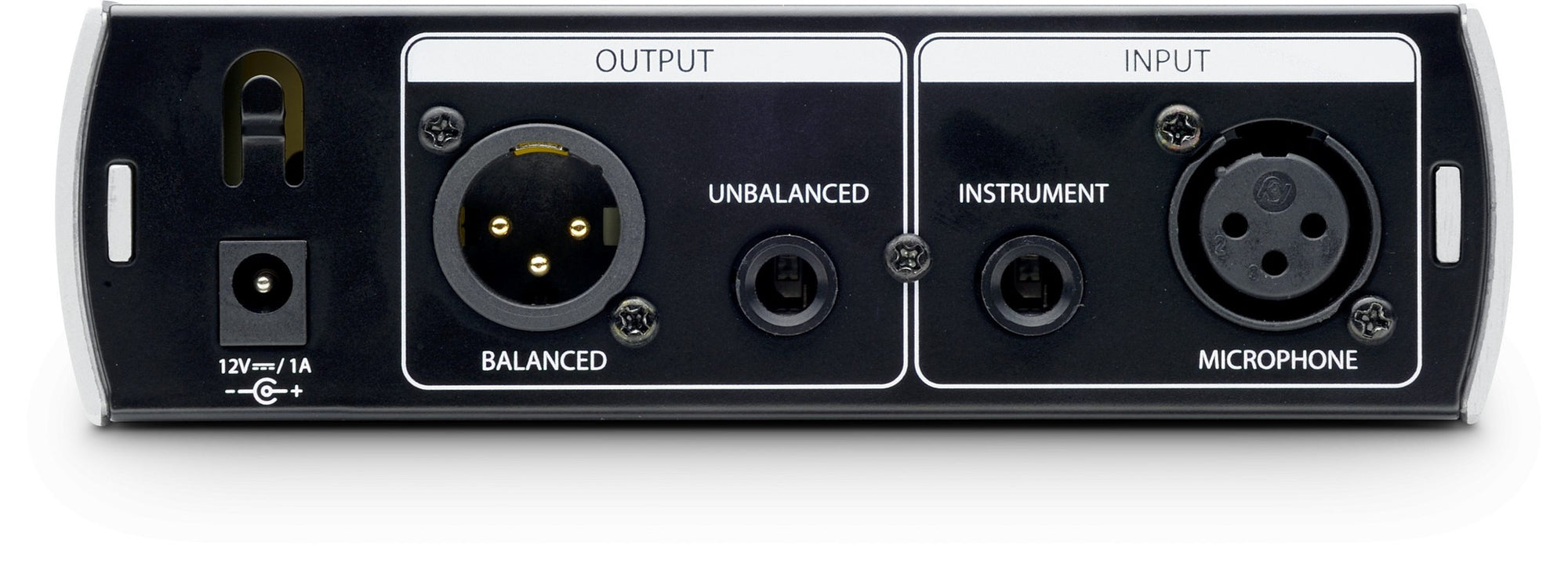

- USING MORE THEN 1 MIC SOURCE WITH CAMERAFI LIVE SERIES
- USING MORE THEN 1 MIC SOURCE WITH CAMERAFI LIVE FREE
Set class-of-service classifiers dscp ba-classifier-rfc4594 forwarding-class bulk-data loss-priority high code-points Set class-of-service classifiers dscp ba-classifier-rfc4594 forwarding-class transactional-data loss-priority high code-points Set class-of-service classifiers dscp ba-classifier-rfc4594 forwarding-class ops-admin-mgmt loss-priority high code-points cs2 Set class-of-service classifiers dscp ba-classifier-rfc4594 forwarding-class signalling loss-priority high code-points cs5 Set class-of-service classifiers dscp ba-classifier-rfc4594 forwarding-class network-control loss-priority high code-points Set class-of-service classifiers dscp ba-classifier-rfc4594 forwarding-class multimedia-streaming loss-priority high code-points Set class-of-service classifiers dscp ba-classifier-rfc4594 forwarding-class multimedia-conferencing loss-priority high code-points

Set class-of-service classifiers dscp ba-classifier-rfc4594 forwarding-class real-time-interactive loss-priority high code-points cs4 Set class-of-service classifiers dscp ba-classifier-rfc4594 forwarding-class broadcast-video loss-priority high code-points cs3 Set class-of-service classifiers dscp ba-classifier-rfc4594 forwarding-class voip-telephony loss-priority high code-points ef If we wanted to classify based upon IP addresses and ports, we could use a multifield classifier along with a firewall filter. As we can simply look at existing DSCP markings, we can use what’s called a Behaviour Aggregate (BA) classifier. This is a core device, so ideally we want to have marked our traffic at an earlier point in the network. Next we must classify traffic that has already been marked.


Set class-of-service forwarding-classes class best-effort queue-num 7 Set class-of-service forwarding-classes class scavenger queue-num 6 Set class-of-service forwarding-classes class bulk-data queue-num 5 Set class-of-service forwarding-classes class transactional-data queue-num 4 Set class-of-service forwarding-classes class multimedia-streaming queue-num 3 Set class-of-service forwarding-classes class multimedia-conferencing queue-num 2 Set class-of-service forwarding-classes class ops-admin-mgmt queue-num 1 Set class-of-service forwarding-classes class signalling queue-num 1 Set class-of-service forwarding-classes class network-control queue-num 1 Set class-of-service forwarding-classes class real-time-interactive queue-num 0 Set class-of-service forwarding-classes class broadcast-video queue-num 0 Set class-of-service forwarding-classes class voip-telephony queue-num 0 We can therefore keep the application classes and DSCP markings consistent across the network but then simply map them to the supported number of queues at each hop. This particular device supports 8 queues, but other devices on the network support more. You may wonder why we are using more forwarding classes than there are queues available. You will notice that some of the classes are mapped to the same queue. If you’ve seen any of the Cisco Live presentations about QoS in the last few years, then the mapping below may look familiar.įirst of all we need to define our 12 RFC4594 forwarding classes and then map them to the 8 output queues as per our diagram above. We’ll be using the traffic classes that are described in RFC4594, ‘Configuration Guidelines for DiffServ Service Classes’. As there can be more forwarding classes than queues, if you configure more than 8 forwarding classes you must map multiple forwarding classes to single output queues.
USING MORE THEN 1 MIC SOURCE WITH CAMERAFI LIVE SERIES
The MX series supports 16 forwarding classes and 8 output queues, which allows you to classify packets with more granularity. In Cisco land, the term ‘CoS’ is used exclusively for layer 2 (802.1q) QoS, so this can be confusing initially.Īs with my other Juniper posts, the configuration will be for an MX104 router. The first thing to know is that Juniper call it Class of Service (CoS).
USING MORE THEN 1 MIC SOURCE WITH CAMERAFI LIVE FREE
As an initial step, I can recommend the free Juniper e-book entitled ‘ Junos QoS For IOS Engineers‘. If you come from a Cisco Quality of Service (QoS) background then you may find converting to the way that Juniper does things a challenge at first.


 0 kommentar(er)
0 kommentar(er)
